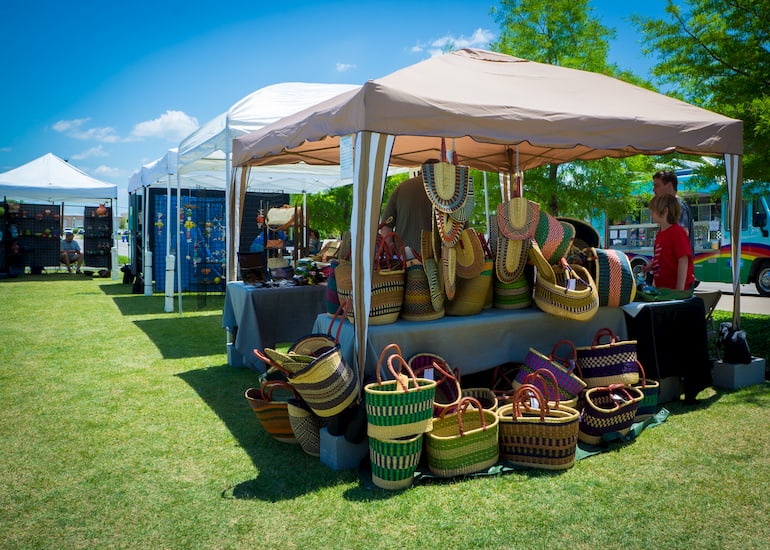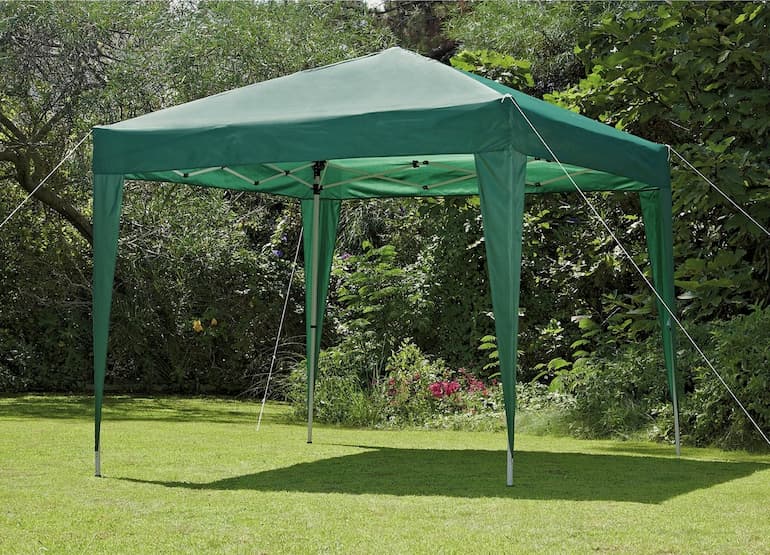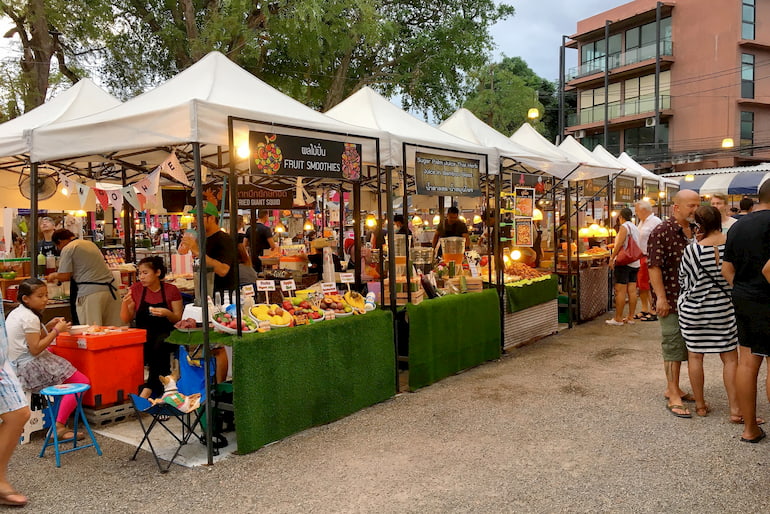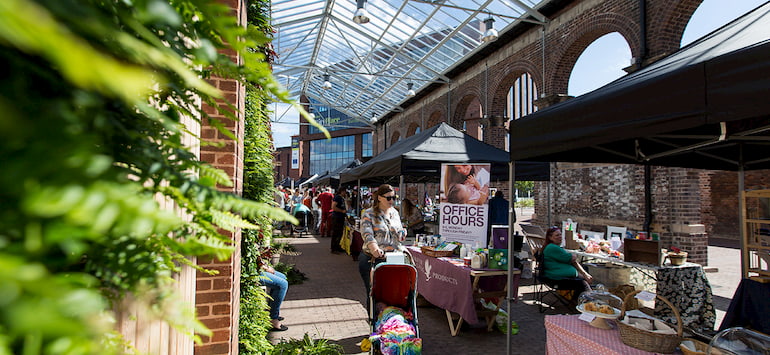The Ultimate Guide to Buying and Setting Up a Trade Show Tent
Trade shows are one of the most underrated marketing tools today, and it’s a shame that so many small and medium businesses aren’t taking advantage of the opportunities to communicate with hundreds, if not thousands of potentially new, as well as current customers. They also provide an opportunity to introduce new services or products, build stronger personal and professional relationships with other people in the same industry, and share knowledge. And as a cherry on the top, they’re one of the most powerful ways to get new leads that you typically wouldn’t have access to.
However, in order to have a successful trade show event, you need to set up your temporary workstation in the form of marquees, gazebos or trade show tents which are quite different from their non-commercial counterparts. If you don’t already have one, you should definitely consider investing in a few quality trade show tents. But what makes a certain model quality? Well, there are a couple of characteristics you need to consider. Let’s get into more detail.

For instance, the fabric the tent is made of will affect how well the tent stands the test of time and the environment it’s used in. If the trade show event is outdoors, you’ll need a tent made of polyester that’s weather-resistant and coated with a waterproof fabric. Additionally, the tent should be scratch-resistant so it doesn’t get damaged from everyday use. The sturdiness of the tent will depend on the hardware used to set it up. Aluminium is a popular material for tent hardware, as it’s lightweight, durable, and corrosion-resistant.
Besides the aforementioned factors, you’ll also need to consider the trade show tent’s purpose, frequency of use, size and of course, budget. The purpose and frequency of usage of the tent will determine how sturdy it needs to be as well as whether you’ll need it as a permanent or temporary structure. Some trade show marquees are easier to set up and take down than others, which will definitely influence your final decision.

As far as size goes, it will all depend on how much space you actually need. Will you be using it for a specific purpose, such as a catering event or a trade show? Will the marquee need to accommodate a lot of people inside it? Worth noting is that you should also pay attention to the height of the marquee’s roof, its length and width as well. And lastly, you’ll want to consider how much money you’d like to spend on it and whether the requirements for the ideal gazebo fit your budget’s allocation.
Once you’ve picked the ideal trade show gazebo, tent or marquee, you need to make sure you set it up and prepare it properly in order to get the best value out of it. For starters, you’ll need to prepare the inside – here are some general tips that will help you organise the tent optimally.
- Make sure your business displays are placed in such a manner that would engage bypassers within a few seconds;
- The displays should reflect your brand, mission and industry with the help of a graphic;
- The printed display materials should have a contrasting text and background colours;
- The colours of the interior should complement your target audience’s psychology;
- Make the displays easier to read by spacing them out;
- Make sure your brand and message are consistent throughout the entire tent;
- The artwork and graphics should be simple to recognise with a clear message;
- Use contrasting text colours, simple fonts and subtle background patterns in order to avoid taking away the attention from the message.
Then, you’ll have to prepare the outside of your tent and set it up properly.

- Make sure you have enough space to set up the tent;
- Setting up a tent and gazebo can take up to several hours, so ensure you have enough time to run checks even after the setup is complete;
- The setup should be in line with the current structure regulations;
- All platforms and stages higher than 60cm should be fitted with a handrail that’s at least 1 metre high;
- The exit doors need to be clearly marked with broadly visible signs;
- The fabrics used for the structure of the tent should be flame retardant;
- If the marquee, gazebo or tent accommodates more than 50 visitors, it will need to have at least two exits;
- The tent, marquee or gazebo needs to be tested for structural integrity, and you should ensure it’s anchored properly in order to resist forces like strong winds.
And lastly, you’ll need to take a couple of post-installation safety measures, including:
- Checking the anchoring and ensuring the pegs are entirely in the ground;
- Checking the position of the roof and lateral bracing cables, as well as the tightening and tension of the cables;
- Checking the fitting of all bolts, pins and R clips;
- Checking the tension of the walls and roof covers in order to avoid ponding;
- Making sure the structure is completely sealed before you leave the site.

